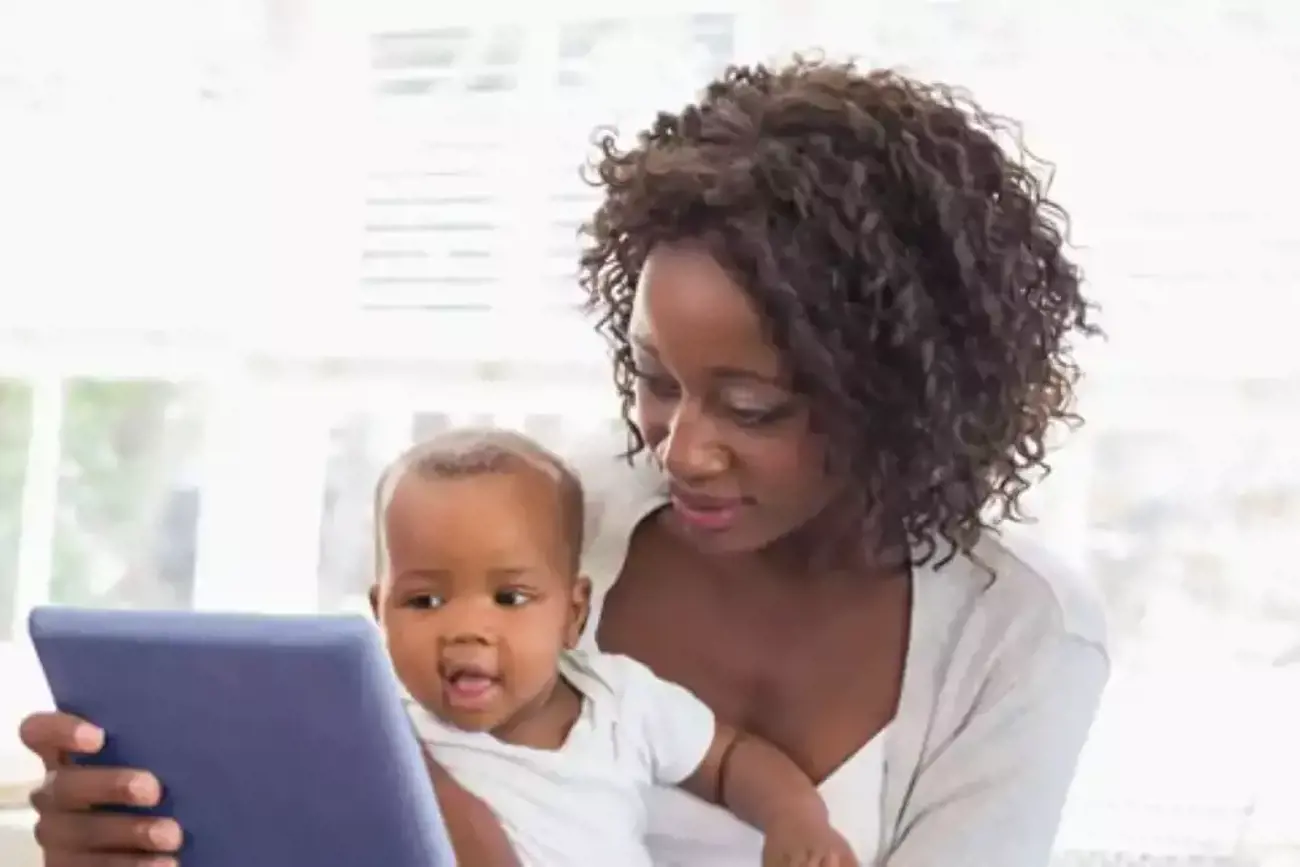With so much attention on the negatives of screen time but with so much technology available to parents today, sitting in the middle of it all are digital kids' books.
With colourful buttons, interactive narration and plenty of bells and whistles, do these enhanced e-books encourage an interest in reading and promoted early literacy, or are they just another form of screen time?
A QuickStudy, undertaken by the Joan Ganz Cooney Center in New York in 2012 observed 32 families with children aged 3–6, using both enhanced e-books and regular e-books. The enhanced books featured interactive media options such as videos, games and animations, while the basic e-books were simply print books in a digital format.
The study found that those who read from the enhanced e-books recalled fewer narrative details than those who read from the print version. The study also found that the interactive e-book was less effective at supporting co-reading, because it created more non-content related interactions – i.e. the child's actions were device-focused rather than pointing and labelling things related to the story.
Carly Shuler, senior consultant for industry studies at the Joan Ganz Cooney Center, said, "Kids were more focused on tapping things and that took away from their comprehension as well as the interaction between the parent and the child."
However, the study did find that children showed a higher level of engagement with the interactive book than the basic version.
Another recent study has taken this investigation one step further, comparing regular print books and lift-the-flap books, to investigate whether 3D interaction can affect a two-year-old’s learning of a new word.
One group of toddlers had a book with lift-the-flaps and the other group didn't. Each book contained eight known and one unknown food item – a slice of starfruit. Researchers tested the children to see if they could recognise the starfruit when shown photographs and replicas, mixed into examples of other unknown fruits, such as a slice of kiwi fruit.
The study found that nearly 70 per cent of the young children looking at the books without the flaps learned and identified the starfruit, compared to 30 per cent of those using the lift-the-flap books.
Dr Jeanne Shinskey, senior lecturer at Royal Holloway University of London, who presented the findings, said, "Books with these sort of features are very popular with parents who hope the interactive feature will aid learning and enjoyment of reading." She continued, "As the findings suggest, young children can find these features in a book distracting."
However, if an interactive book encourages an enthusiasm for reading, especially for children who aren't showing any interest in print books, isn't sparking that interest better than not? Even if a child sees a book as a toy rather than a source of literacy learning, the learning still happens.
It seems the key to getting the most from these books is not about relying solely on the added features they offer, but how you use them. Left alone with a digital book and a two-year-old will only focus on the buttons and interaction. But by sharing that story with an adult the conversation is opened to discuss the content, helping communication and language and relating the story into the child's world.
Screens and technology are here to stay. Digital books allow children to interact and enjoy technology while sharing that experience with a parent and being exposed to early literacy. While, lifting the flaps promotes physical development and gives children an opportunity to handle, touch and feel books. By using a mix of different mediums – basic print books, lift-the-flap books, and digital books -- children are exposed to the many wonderful ways to experience books, and each medium has its own place in fostering a love for books from an early age.
Above all else, no matter which version of books you use, reading at this early age isn't just about learning new words. It's about the fun, meaningful experience that sharing a book with an adult brings – creating that lasting bond between children and families.
































